Sable Finance has recently issued its first product into the cryptocurrency market to issue stablecoins and develop a decentralized finance platform. Currently, Sable serves as reformative primitive to ETH LSD-backed stablecoins with execution on both Arbitrum and BNB Chain while offering capital efficiency and yield maximization for its users.
SABLE is an internal token that functions as the native currency within the largest protocol of the ecosystem. It captures the fees charged through borrowing and redemption by the system through stakeholding arrangements. The SABLE token holders can supply liquidity to the SABLE/BNB pool in decentralized exchanges and supply their LP tokens to engage in the staking contract within the SABLE protocol. This unique design means that stakers profit either through LP trading fees or through borrowing and redemption fees.
USDS is the only product that Sable Finance offers as its stablecoin supports ETH liquid staking derivatives. One of the key changes is it is a strictly capital efficient protocol and no longer requires the emission of liquidity mining, thus saving significantly on capital. This puts Sable Finance in a growing category of DeFi protocols that don’t fully rely on token emissions in order to attract liquidity.
The architecture of the project is fully decentralized and once set cannot be changed back; Sablecoin (SUSD) is issued based on BNB collateral. This project plans to allow a fully decentralized stablecoin which will help to stop the process of centralizing major stablecoins and provide users ready-made, trustless option. Sable Finance mainly earns its revenues with low interest rates and has a high level of overcolleration – 110%, which, compared with other protocols, can be considered relatively low.
Another advantage of Sable Finance is the constant replenishment of the company’s liquidity since it has no upper limit. Sells/cuts through its constant decentralized exchange (or ‘DEX’) forever and invests the earnings into expanding the pool constantly to contain more. What this mechanism does is to have a positive feedback loop, which could eventually augment the stability and liquidity of the ecosystem.
Sable Finance perpetual DEX has an orderbook-element trading infrastructure as well as an anchored liquidity layer, containing both spot and the perpetual futures orderbooks. This one is even more parochial, as it will equip traders with additional utilities and high liquidity while placing Sable Finance as a versatile DeFi platform rather than a stablecoin issuer.
These methods include the protocol’s multichain design, which is another strong feature of the approach. Sable Finance aims to use capital as effectively as possible by accumulating liquidity across all chains it currently supports. This cross-chain functionality may well attract users from different blockchain ecosystem helping to improve interaction between these networks and improve the liquidity flow.
This was the market data concerning the SABLE token up until the date of this writing, where it is priced at $0.005797 with the market capitalization of about 30 017. Currently, float supply amounted to almost 5,178,493 SABLE, while the total supply is 100,000,000 SABLE. This term is concluded into $579,652 in terms of the fully diluted market cap, and this speaks volumes for its potential if only the project will start to take off.
The value passed through for the Sable Finance protocol is said to be $534,851 and it is highly valuable for numbers in the DeFi space that it defines the total volume of the current assets in the ecosystem. If one were to calculate the market cap to TVL ratio we get 0.05612267, this show that the valuation of the protocol is comparably smaller than the value of the assets that it holds.
For the future, in v2, Sable Finance wants to add governance features to the platform. With this upgrade, the SABLE token will allow token holders decisions including whitelisting of new collateral types, emissions, and changes in the parameters of the protocol. This shift toward decentralised governance is consistent with the rest of the DeFi sector and may also improve engagement and stability.
Thus, it is necessary to understand that Sable Finance opens a new vision for stablecoin usage and DeFi, however, is rather a new project. Like with any new decentralized undertaking, consideration should be taken by investors and market users when engaging with such a new project including the risks attributable to these new protocols in a highly volatile market.
All these trends indicate that Sable Finance can become a noteworthy participant in the stablecoin and decentralized exchange markets as they progressed further in such directions: increasing capital efficiency, multichain applications, and new forms of liquidity. It remains vulnerable to the success or failure of user adoption, market trends and of course the ability to deliver on the futures that it sets out to facilitate and maintain security in the growing and quickly developing DeFi landscape.
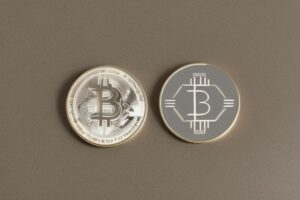








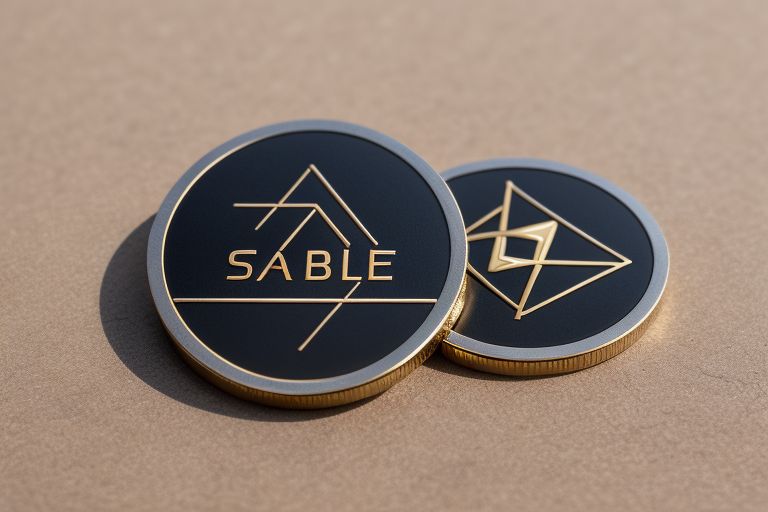
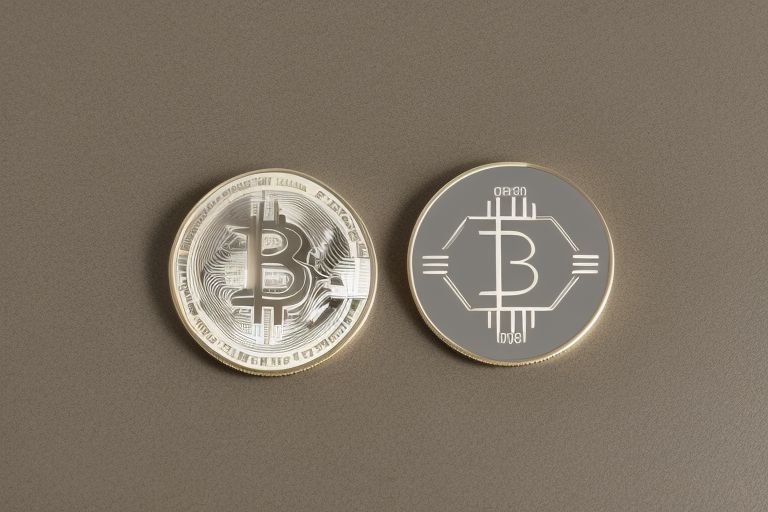


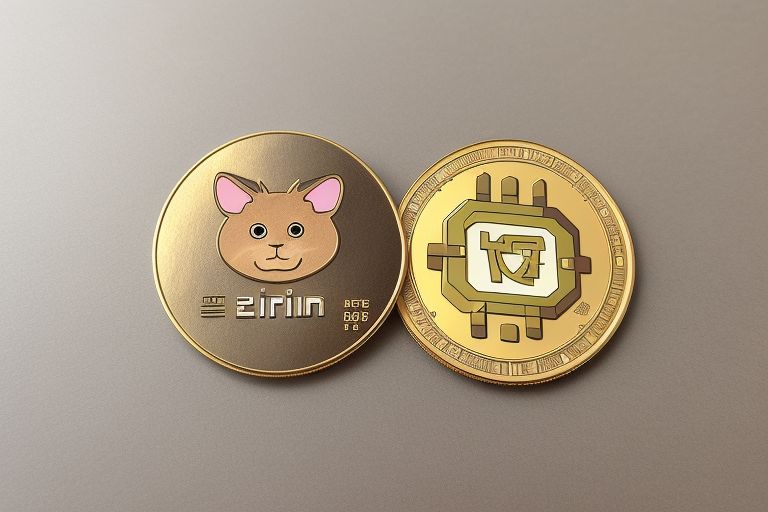
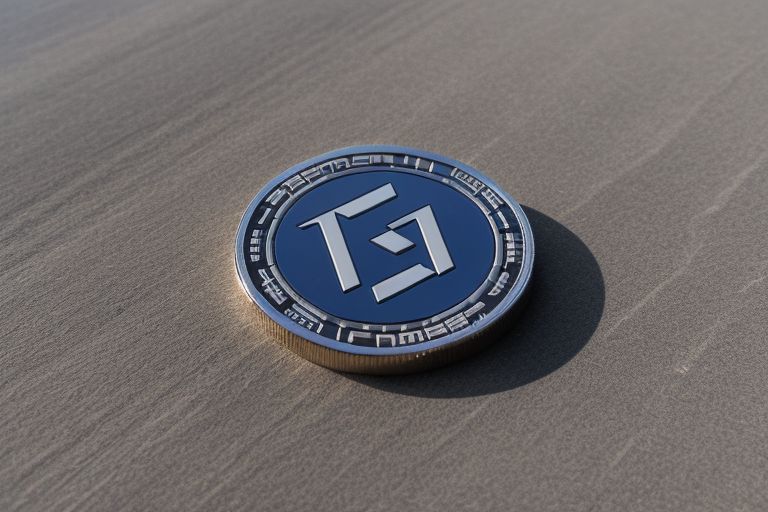

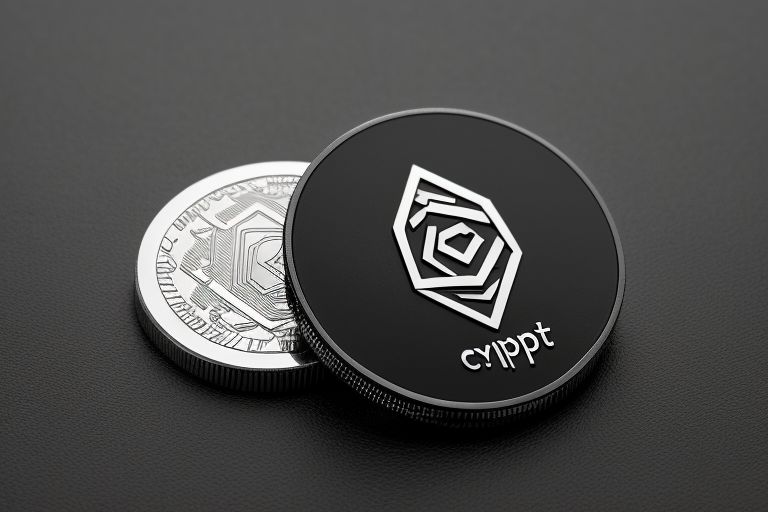
+ There are no comments
Add yours